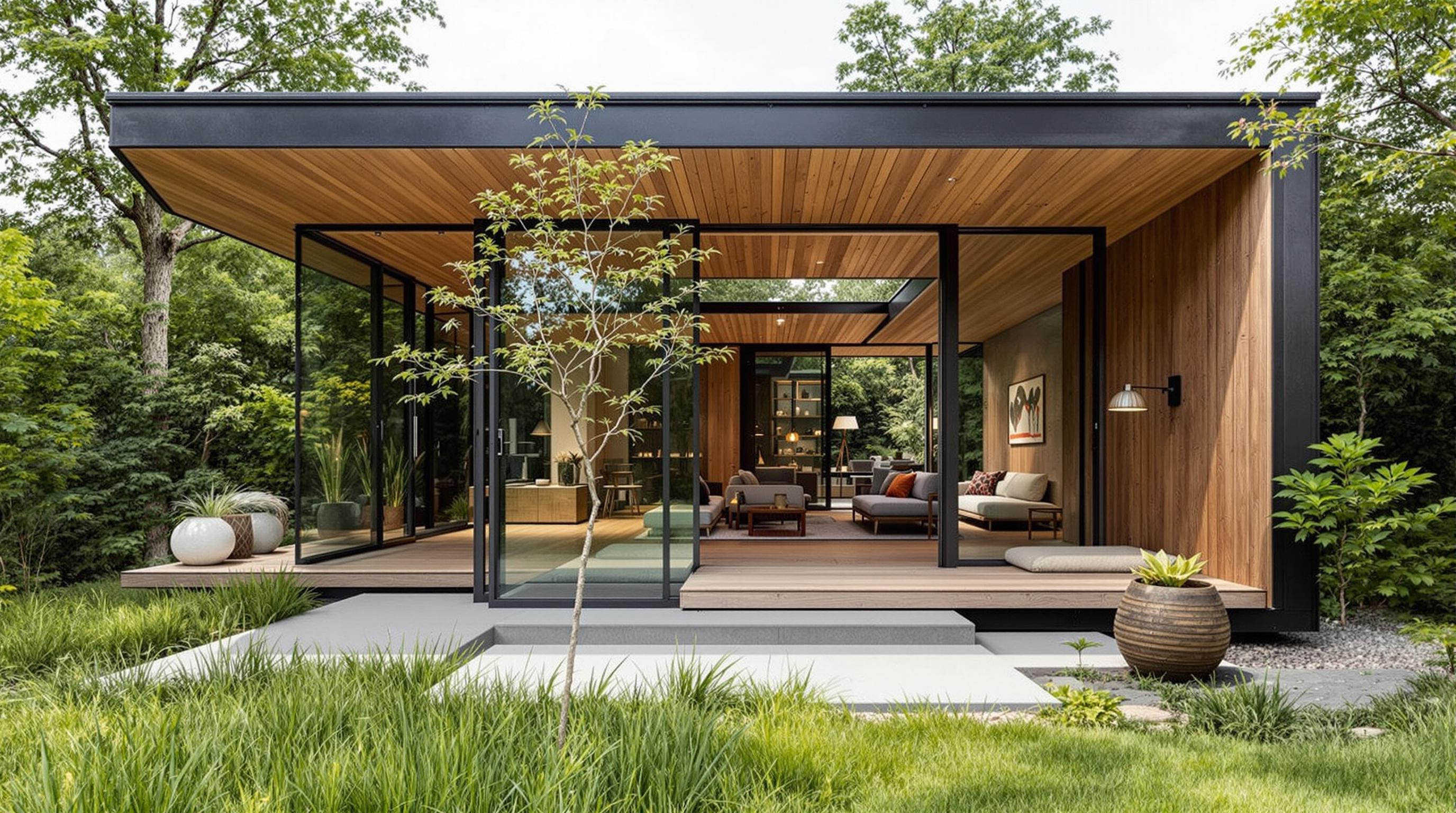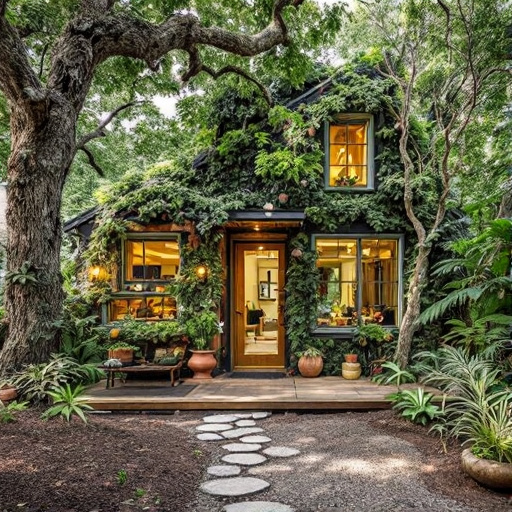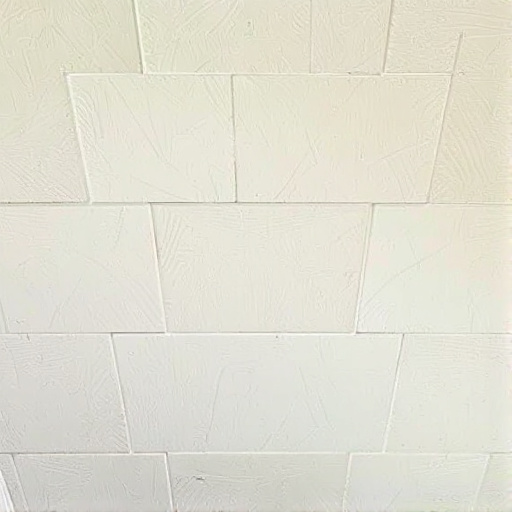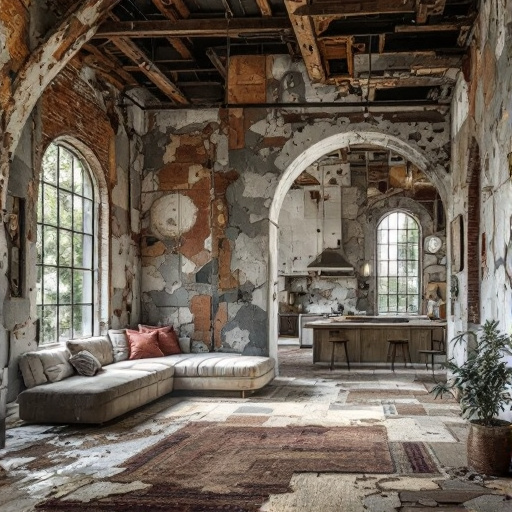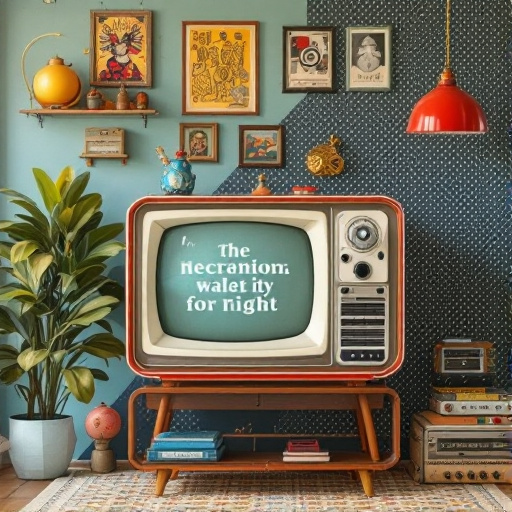Featured Articles
- 9 Radical Eco-Friendly Home Design Ideas That Blend Sustainability With Cutting-Edge Style
- Beyond Wallpaper: Exploring the Revival of Textured Ceilings in Modern Home Design
- From Retro to Futuristic: How Time Travel Can Influence Your Home Design Aesthetics
- Reimagining Ruins: How Abandoned Spaces Fuel Modern Home Design Creativity
- Reimagining Storage: Creative Hiding Spaces That Transform Clutter into Chic Home Design Statements
From Retro to Futuristic: How Time Travel Can Influence Your Home Design Aesthetics
From Retro to Futuristic: How Time Travel Can Influence Your Home Design Aesthetics
Time travel has long captivated the human imagination, and its influence extends even to the realm of home design aesthetics. Exploring how styles from retro to futuristic can blend seamlessly can transform your living space into a nostalgic yet cutting-edge sanctuary.
The Influence of Retro Design on Modern Homes
Did you know that 57% of homeowners in the U.S. identified with retro design elements in their homes? This observation highlights a resurgence of interest in styles that harken back to the 1950s through the 1980s. Mid-century modern furniture, vivid colors, and funky patterns are just a few characteristics that have made a comeback. Retro design can evoke a sense of warmth and comfort, often suggesting a simpler time that many yearn for in today’s fast-paced world.
Futuristic Aesthetics: More Than Just a Trend
Now let’s turn our gaze forward. Futuristic aesthetics, while seemingly aloof and cold, offer a fresh perspective that marries technology with everyday living. Imagine sleek lines, metallic finishes, and smart home features that adjust to your every need—this is not science fiction; it's the new reality that can redefine our homes. This trend has gained traction in urban settings, where space and functionality are paramount.
Case Study: The Transformative Power of Design
Take the example of a couple in San Francisco who renovated their two-bedroom apartment into a seamless blend of retro charm and futuristic efficiency. They opted for a striking neon color palette reminiscent of 80s pop culture, coupled with smart home features like automated lighting and a voice-activated assistant. This hybrid style not only turned their apartment into a conversation starter but also improved their comfort and lifestyle. Their story is a perfect illustration that innovative design can coexist with nostalgic elements.
The Science of Time Travel in Design
According to a study by the American Institute of Architects, incorporating elements from previous decades can significantly enhance the emotional connection one feels with their living space. When asked about design preferences, homeowners oftentimes connect with the aesthetics of their childhood or formative years, demonstrating an element of longing that transcends time. Designers are using this to create spaces that feel familiar yet invigorated, merging the past's safety with the future's possibilities.
The Psychology Behind Nostalgic Design
Let's dive a little deeper into the psychology. Nostalgia has been shown to foster feelings of warmth, comfort, and social connection. The term “retrophilia” has earned a place in the design lexicon; it describes a love for things from the past. When you bring retro elements into your home—whether it’s a vintage record player or classic printed wallpaper—you’re tapping into a vein of comfort and sentimentality that resonates across ages.
The Functional Aspect: Making Your Home Work for You
Interestingly, both retro and futuristic styles prioritize functionality—one through nostalgia and the other through innovation. In today’s world where smart technology is integrated seamlessly into home design, a space can be both stylish and practical. Consider kitchen appliances that channel a vintage flair while being equipped with the latest technology. The allure of retro is its ability to feel lived-in, while futurism pushes the boundaries of what is possible. Together, they create a dialogue that speaks to all generations.
Integrating Styles: Practical Tips for Your Home
Let’s get practical! How can you merge these two seemingly divergent styles? Start with a neutral base—think whites, greys, or earth tones. Then, introduce retro elements through accessories like vintage posters, colorful tapestries, or thrifted furniture. To add that futuristic touch, incorporate smart home electronics like voice-controlled lighting and energy-efficient appliances. This blend can achieve harmony and reflect your unique personality. Remember, it's essential to showcase items that mean something to you, as personal stories are the binding threads in your design tapestry.
A Personal Touch: Your Home as a Story
As an 18-year-old living in a small college apartment, I’ve found that my living space tells a story of who I am. My friends often comment on the vibrant trends from the 90s I’ve integrated with geometric furniture reminiscent of science fiction movies. I feel good knowing my home feels both familiar and forward-thinking. Each piece—whether it’s the old poster of my favorite band or the sleek, new lamp I found—represents a time in my life. This is the beauty of blending the retro with the futuristic: your home becomes not just a haven, but a diary of experiences.
The Rise of Biophilic Design
Don’t overlook the rising trend of biophilic design, which emphasizes harmony between nature and our living spaces. More than just aesthetics, this trend promotes wellness by integrating natural elements. Whether through indoor plants to rejuvenate a retro vibe or a futuristic air-purifying system, nature is a bridge that connects past and future. Imagine a sunlit room adorned with both luscious greenery and sleek, modern materials—a pure testament to the flexibility of home design.
Statistics: The Market for Merging Styles
Statistics reveal that 67% of new homebuyers are looking for homes that soundlessly blend vintage and modern elements. This informs you that the market isn't just a passing fad—it's a growing interest among homeowners. Designers are responding by offering more mixed-style furniture and decor options. It's a clear signal that both retro charm and futuristic innovation are here to stay.
Future-Proofing Your Home Design
So, how do you future-proof your home design? Choose timeless features that can easily adapt to changing trends. For example, furniture that combines classic lines with modern materials allows spaces to evolve without a complete redesign. Opt for colors that remain classic, like earthy greens and muted blues, to ensure various decorative pieces can complement one another seamlessly while allowing your style to change as trends evolve.
Conclusion: The Journey Through Time
Your home should be a reflection of your journey through time—where the echoes of the past meet the promise of your future. Embrace the unique collision of retro flair and futuristic design right to your door. Whether you’re a 70-year-old reflecting on decades past or a vibrant teenager exploring your style, the design possibilities are endless. As long as you infuse your identity, your home will remain a sanctuary that connects both what was and what will be. So go ahead, embark on your time-traveling adventure within your home! The best journeys often take place within our minds and our most cherished spaces.
